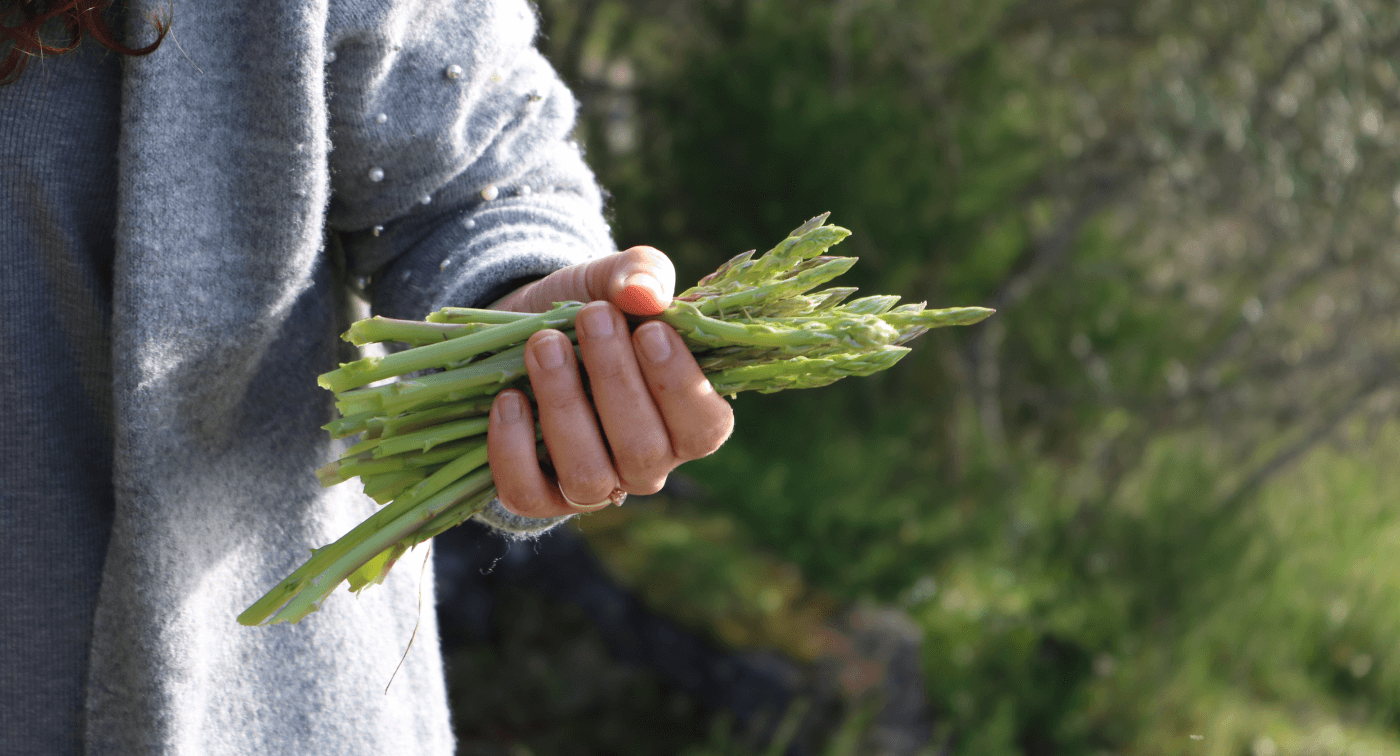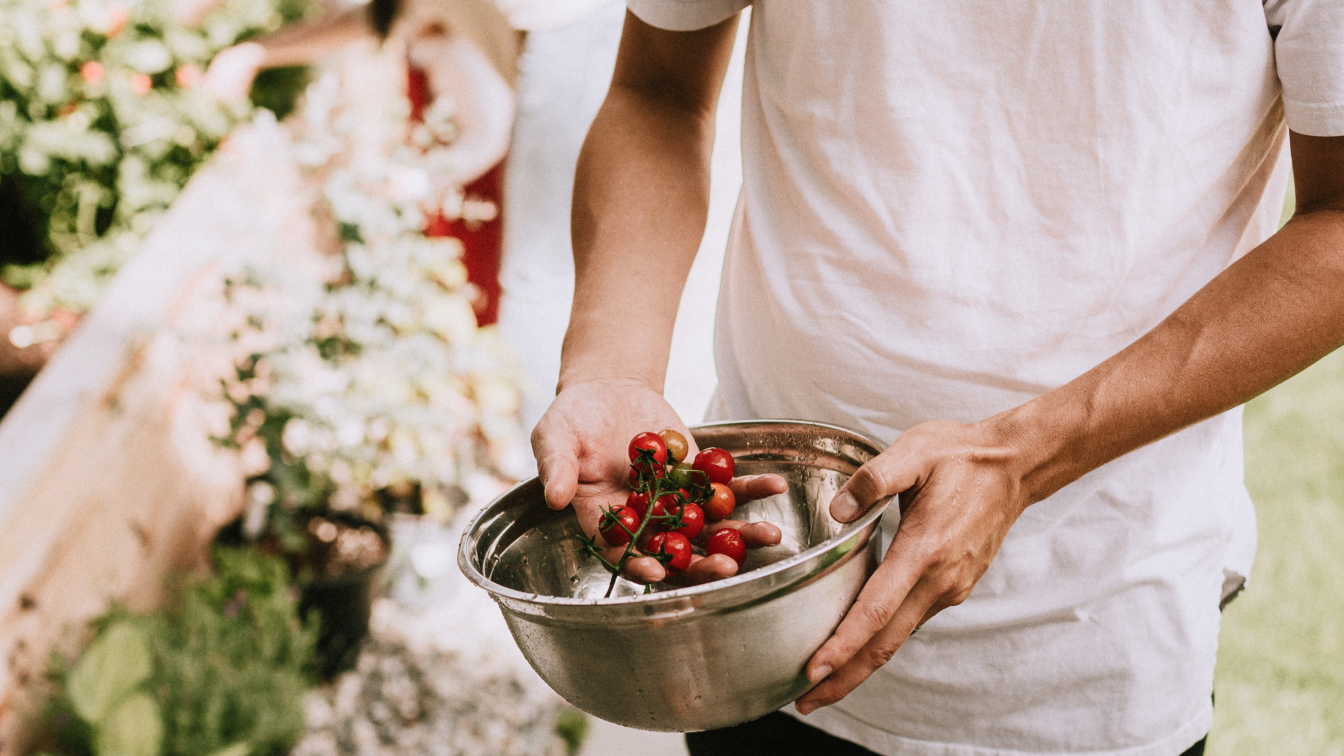I overheard a customer in Woolworths last week complaining to the teller that recently the tomatoes were rather tasteless, and wanted to know what the problem was. I had a little laugh to myself and refrained from joining the conversation to point out that we are now thoroughly in winter, and that tomatoes are basically the ultimate summer crop.
I was, however, reminded how little the average consumer pays attention to the change of seasons with regard to food. This is understandable, as supermarkets aim to carry the same stock all through the year – tomatoes, avos and berries in constant supply, regardless of the origin or the month.
The winter tomato is frankly a depressing experience for a flavour lover. – Caitlin Kennedy
The concern with this is that (as my supermarket friend had observed) out-of-season produce just doesn’t taste the same. Whether cold-stored, imported, or greenhouse-grown, nothing really compares to a super fresh, in-season fruit or vegetable.

Avocado toast. Avos are in season in South Africa from March – November
The other issue is that there is a hefty financial and environmental cost associated with importing fruit and veg to ensure colourful and well-stocked shelves all year round. The economic cost is especially worrisome for restaurants, as it eats into that notoriously slim profit margin.
So, what’s a restaurant to do, when success lies in serving the most delicious food possible? And how do you know what is in season, when supermarkets and restaurant suppliers strive to offer the same produce all year round?
The first step is to be aware of the seasonal calendar. Below is a user-friendly guide on fresh produce according to the four main growing seasons. In reality, many fruits and veg don’t fall neatly into these categories, but it’s a good starting point.
A seasonal guide to fruits and vegetables in South Africa
A great way to keep an eye on seasonal changes is to visit a local farmers market. Weekend markets have proliferated in recent years, so there are plenty of options all over the country. This is an effective (and pleasant) method of discovering what is easily locally available.
Another simple tell-tale is price. Asparagus is a classic – when you see 10 spears in a punnet for R60, you can bet that it’s not springing up out of the ground anywhere near you!

Freshly harvested asparagus spears. Asparagus is in season in South Africa from June – February.
The best option, cost and flavour-wise, is to aim for regular menu changes to incorporate fresh and local produce. This can be a challenge, as these modifications require planning, tasting, testing and a fair amount of admin. Introducing seasonal specials is a great way to capitalise on the season’s bounty, and may be a little less disruptive. This will ensure that the favourites stay available for the loyalists, while satisfying those who appreciate something new.
I think it is helpful to view the fluctuations in price and availability of produce as a warning sign that flavour is changing, and that maybe it’s time to change the menu with it. – Caitlin Kennedy
As a diner, I always appreciate a restaurant menu that features the first new arrivals of the season – it comes with a sense of excitement and change in the air, and I know that the flavours will be at their very best. As a chef, this makes it worth the extra effort to ensure that my dishes are relevant to what’s happening in the sky outside the restaurant windows.
Understanding "farm-to-table"
In her previous piece, Caitlin Kennedy writes how local chefs, who know that eating seasonally is the secret to the best flavour, are now bridging the gap between eating and farming.



0 Comments
Trackbacks/Pingbacks